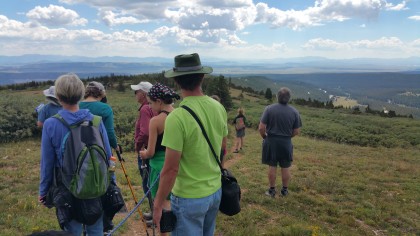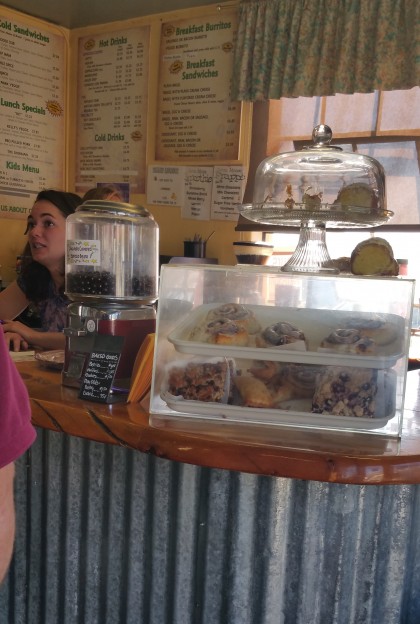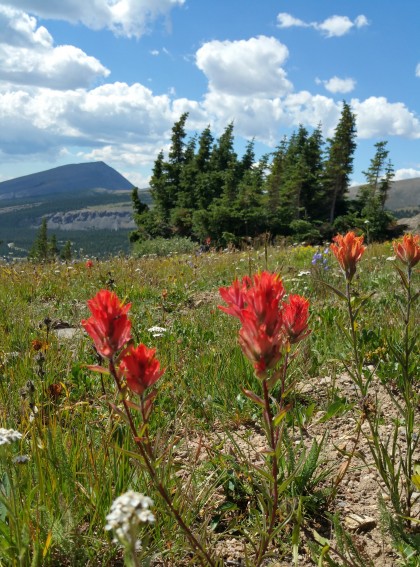Fall Harvest Moon

Coming out of Beth Evergreen last night the full harvest moon hung over the town, silver and wonderful. It limned the mountains, highlighted the blue in the spruce tips on the drive back up Shadow Mountain. Earlier in the evening we saw several mule deer on the way down the mountain, does and bucks, then five or six of the much larger elk wandering around, ironically, right below a flashing Elk Crossing sign.
The Arapaho National Forest wraps around Black Mountain Drive/Brook Forest Drive so as we make our way up and down the mountains into Evergreen we’re surrounded not by residential development, though there is some, but mostly by forest, lodgepole pines, aspen higher up, Colorado blue spruce and ponderosa pine lower down that come right up to the road, as does the slope of the various mountains we pass.

At night this drive activates my fantasy life. I imagine the mountain lions and bears, the mule deer and the elk, the skunks, pine martens, pikas, Abert and red squirrels, an occasional bull snake all living there, either in hiding or bedded down or up and stealthily pursuing their next meal. Though the portion of the Arapaho National Forest where we are is not wilderness, it does abut the Mt. Evans Wilderness Area and Staunton State Park. Once in awhile moose come through our area, too, though they’re mostly toward the west, in Staunton and toward Bailey. This is the WUI, pronounced wooee, the wildlife/urban interface.
You could say we don’t belong here, we humans, that this mountainous land belongs to the mountain lion and the bear, the magpies and the Great Horned Owls. And you would be right, of course. Yet the truth is we humans do not have a place uniquely ours. We’re an adaptable species, able to live on islands, on the coasts of great oceans, lakes and rivers, on deserts and vast fertile plains. We’ve spread from Africa, where we roamed the veldt, hunting and gathering over vast stretches of land, to colder climates in the north and to all the continents of the planet.

I say we do belong here, but only as guests, as itinerant cousins of the wild animals, the sturdy pines. But, then, we are guests, too, on the Great Plains stretching north and south in the center of North America. Guests, too, on Iceland, Greenland, Britain. Guests as well in the Himalayas, in the jungles of the Congo and on the Sahara. Guests in the high Andes and on the distant lands of Tierra del Fuego.
As guests we have to realize we share our living space with species not as adaptable as we are. As guests we owe it to our neighbors to make our presence as unintrusive as possible, as honoring as possible. One manifestation of this honor is driving with care, going more slowly than perhaps we might want because our neighbors could need to cross the road. Another part of it is to see that the land we own (ha. that we temporarily inhabit) is as friendly to the locals as it can be. That we don’t poison the land, that we don’t build more than we need.
I tend to think of it as living in a vast apartment building. Our noise level, our lights, our motors, our driveways all impact the folks living in the next place. So we need to be considerate. When we leave our apartment, when our time as guests of Shadow Mountain and the Arapaho Forest is over, the neighbors remain. They own the condos and they can’t move. Leaving the place better than we found it is the least we can do.

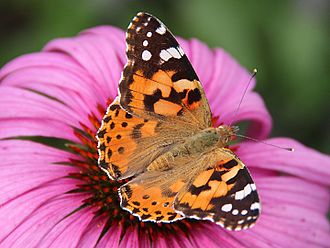 Under the category of awe. In passing I noted a reference to butterflies being around in some numbers. One commenter on pinecam.com referred to them as painted ladies migrating.
Under the category of awe. In passing I noted a reference to butterflies being around in some numbers. One commenter on pinecam.com referred to them as painted ladies migrating.


 This means that across North America, in Mexico, the U.S., the Caribbean and Canada we have centers of destruction that have not even begun to pick up the debris and sort through wreckage before the next catastrophe has hit. Millions of people, millions of acres of land, buildings, millions of wild animals are suffering and will continue to suffer. Right now. Which one has priority? How do we marshal our collective resources across so wide a swath of pain?
This means that across North America, in Mexico, the U.S., the Caribbean and Canada we have centers of destruction that have not even begun to pick up the debris and sort through wreckage before the next catastrophe has hit. Millions of people, millions of acres of land, buildings, millions of wild animals are suffering and will continue to suffer. Right now. Which one has priority? How do we marshal our collective resources across so wide a swath of pain?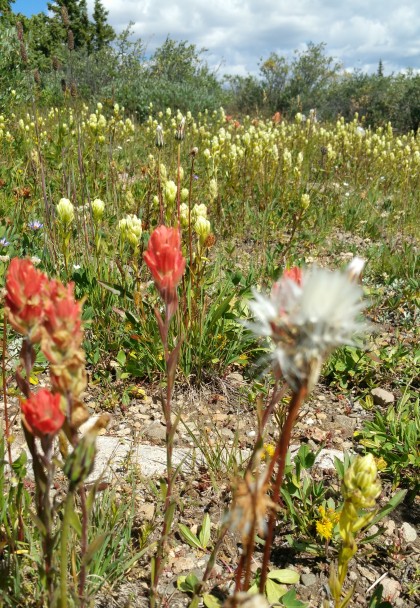
 Up here in the mountains the occasional aspen has begun to turn. The grasses in the mountain meadows have lost their intense green. The angle of the sun has already lessened, casting deeper shadows. Orion is visible in the dark, clear night sky. Moose, elk and deer bucks have begun to drop the velvet on their antlers, preparing for the quickening of the rut. The bears become more brazen as their need for calories, more calories, before hibernation makes them feel an urgency.
Up here in the mountains the occasional aspen has begun to turn. The grasses in the mountain meadows have lost their intense green. The angle of the sun has already lessened, casting deeper shadows. Orion is visible in the dark, clear night sky. Moose, elk and deer bucks have begun to drop the velvet on their antlers, preparing for the quickening of the rut. The bears become more brazen as their need for calories, more calories, before hibernation makes them feel an urgency. The orchestra of life plays this symphony all year as it responds to the conductors spring, summer, fall and winter, each with their own favorite tempo. The elemental nature of the West makes the composition here often raw, sometimes going as far as dissonance during the chinooks, or a dry summer month, during a blizzard, yet it is usually majestic with soaring blue notes and the babbling background music of mountain streams and bugling elk.
The orchestra of life plays this symphony all year as it responds to the conductors spring, summer, fall and winter, each with their own favorite tempo. The elemental nature of the West makes the composition here often raw, sometimes going as far as dissonance during the chinooks, or a dry summer month, during a blizzard, yet it is usually majestic with soaring blue notes and the babbling background music of mountain streams and bugling elk.


 Vast, blue sky with puffy white clouds. Jagged mountains and flat plains, forests and wildlife. Wildfire. Snow, rivers, a few lakes. Air, earth, fire and water. The West is so elemental. It’s no wonder that it has enlivened the imagination of those who visit it or read about it, yet is so difficult a place to live. Here the natural world apart from the built world (also natural in its way) dominates. The cities like Denver and Salt Lake City, Cheyenne and Boise, Vegas, Tucson, Phoenix are islands, admittedly big islands, but islands nonetheless, of concentrated human habitat. They disappear around the bend of a mountain pass, or are obscured by arid land with few towns.
Vast, blue sky with puffy white clouds. Jagged mountains and flat plains, forests and wildlife. Wildfire. Snow, rivers, a few lakes. Air, earth, fire and water. The West is so elemental. It’s no wonder that it has enlivened the imagination of those who visit it or read about it, yet is so difficult a place to live. Here the natural world apart from the built world (also natural in its way) dominates. The cities like Denver and Salt Lake City, Cheyenne and Boise, Vegas, Tucson, Phoenix are islands, admittedly big islands, but islands nonetheless, of concentrated human habitat. They disappear around the bend of a mountain pass, or are obscured by arid land with few towns.


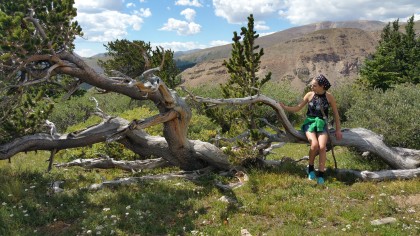
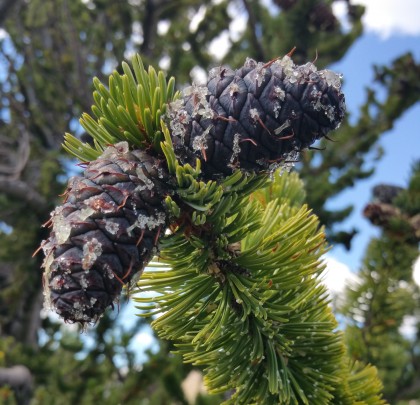

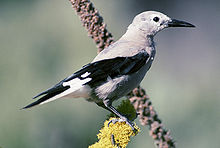
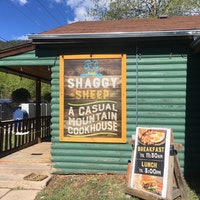 Took off yesterday morning about 7:30 am and drove west (or south) on Hwy 285 headed toward Park County, Bailey and Fairplay. I stopped at Grant, a place made visible only by its single, as near as I can tell, business, the Shaggy Sheep. There’s one of those yellow diamond signs just after it with a black silhouette of a bighorn sheep. This is one of several instances of displaced chefs seeking less frenetic lifestyles in the mountains. I mentioned the Badger Creek Cafe in Tetonia, Idaho in my eclipse post. There are others.
Took off yesterday morning about 7:30 am and drove west (or south) on Hwy 285 headed toward Park County, Bailey and Fairplay. I stopped at Grant, a place made visible only by its single, as near as I can tell, business, the Shaggy Sheep. There’s one of those yellow diamond signs just after it with a black silhouette of a bighorn sheep. This is one of several instances of displaced chefs seeking less frenetic lifestyles in the mountains. I mentioned the Badger Creek Cafe in Tetonia, Idaho in my eclipse post. There are others.